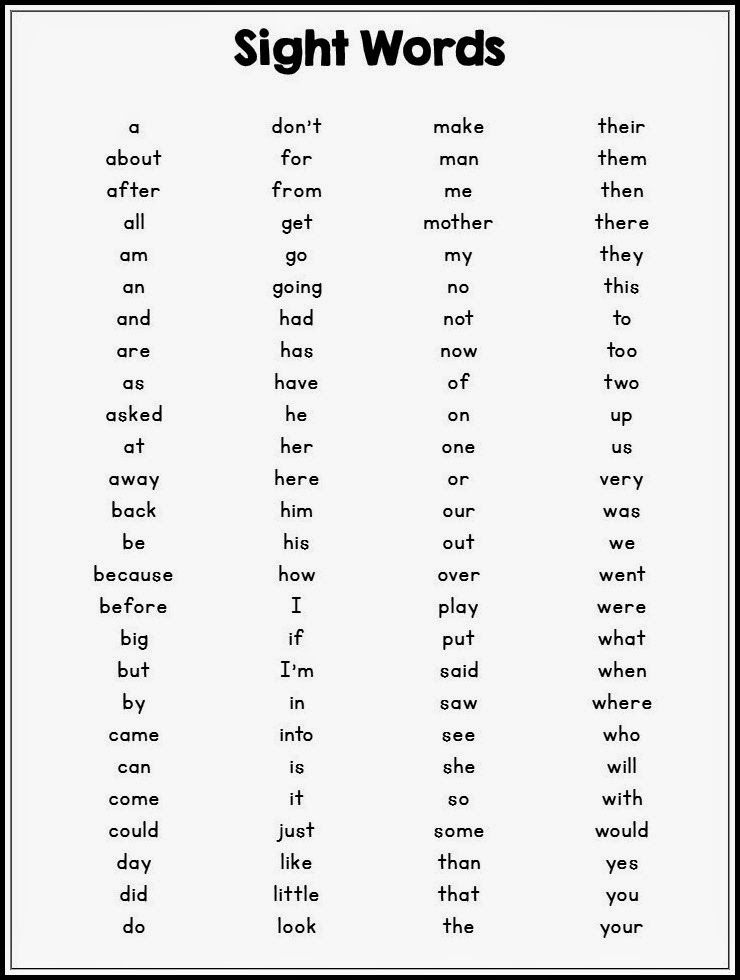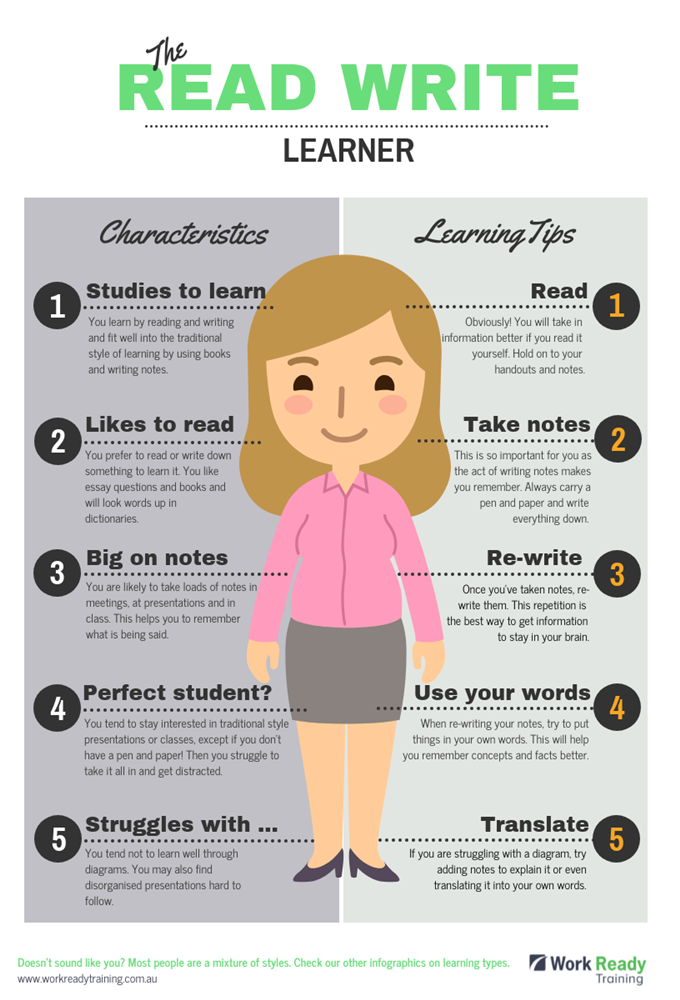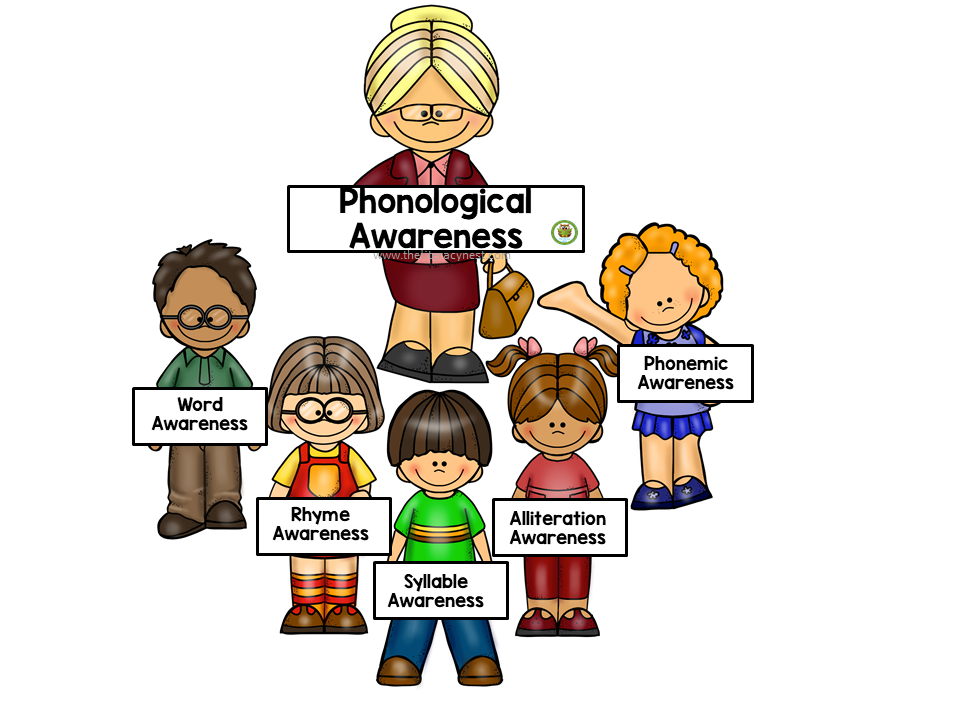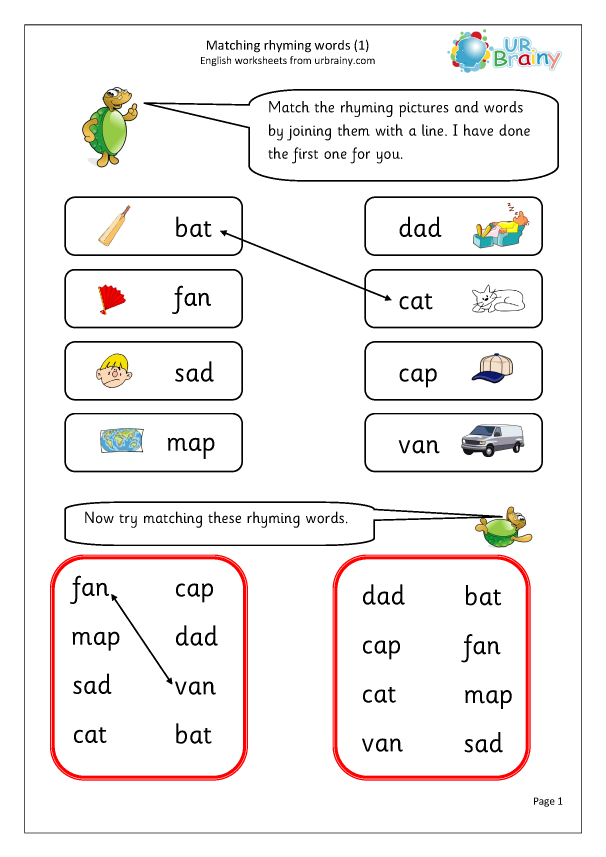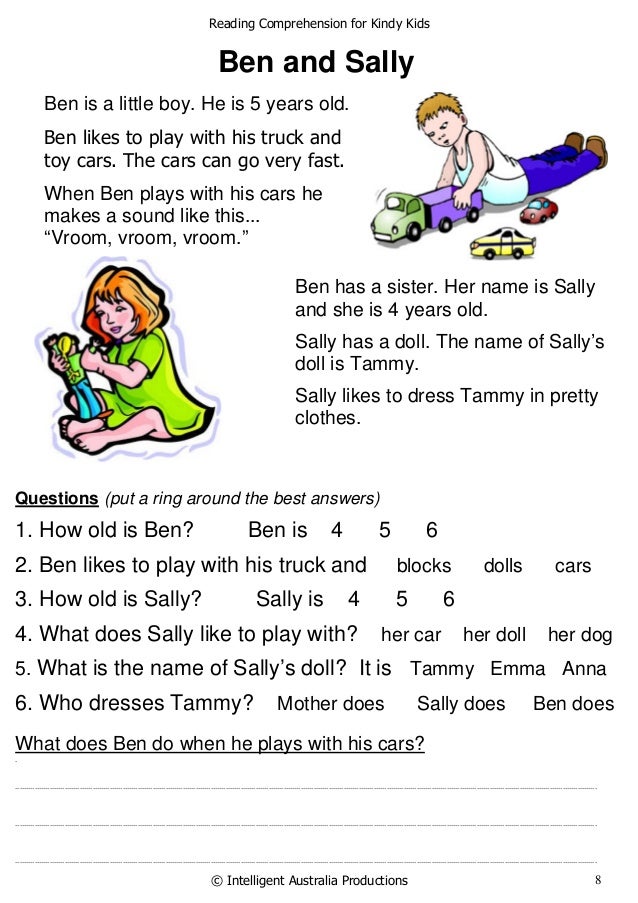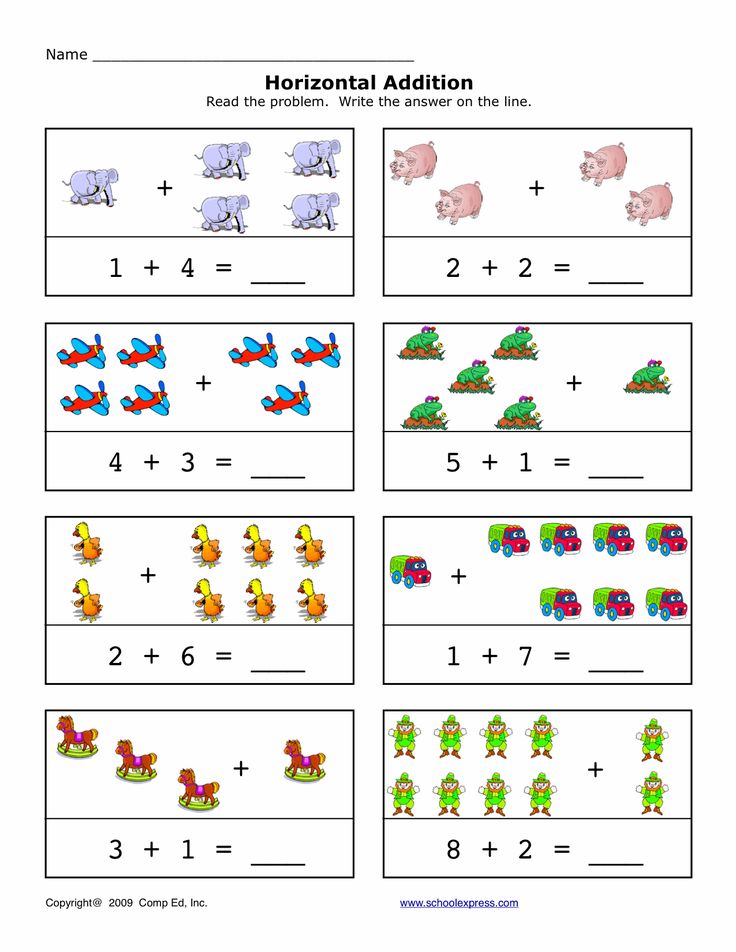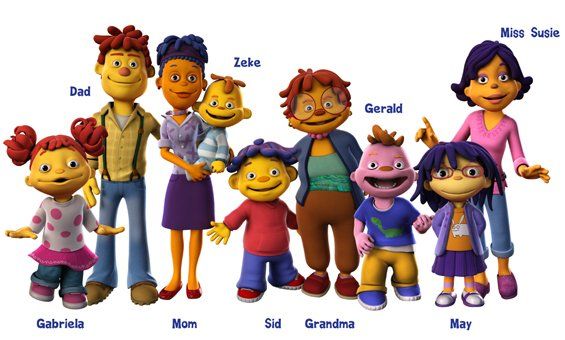Beginner words for reading
Top 100 Sight Words and How to Teach Them
Sight words is a common term in reading that has a variety of meanings. When it is applied to early reading instruction, it typically refers to the set of about 100 words that keeps reappearing on almost any page of text. “Who, the, he, were, does, their, me, be” are a few examples.
In addition to their being very frequent, many of these words cannot be “sounded out.” Children are expected to learn them by sight (that is, by looking at them and recognizing them, without any attempt to sound them out.)
Unfortunately, this means minimal teaching. Often, little is done other than to show the word and tell the child what it is “saying.” For many children, this is not enough, with the result that their reading of these critical words is laden with error.
What does this mean for parents who are helping their children master reading? Basically it means spending some time in truly teaching these words so that your child gains real mastery of them. The key to achieving this goal is accurate writing (spelling)—via memory. That is, the child writes the word when the model is not in view.
You can do this by creating simple sentences that the child reads. (By using sentences, you will automatically be using many “sight words.” In addition, you will be giving your child the opportunity to deal with words in context—a key to meaningful reading) After showing the sentence and having your child read it, turn it over and then dictate the sentence. If there is an error, you immediately stop your child and take away the paper. Then you show the model again and repeat the process. In other words, the writing of the sentence has to be fully accurate, starting with the first word.
If you want a list of those words to help guide your efforts, here is the top 100 according to the American Heritage Word Frequency Book by John B. Carroll.
A: a, an, at, are, as, at, and, all, about, after
B: be, by, but, been
C: can, could, called
D: did, down, do
E: each
F: from, first, find, for
H: he, his, had, how, has, her, have, him
I: in, I, if, into, is, it, its
J: just
K: know
L: like, long, little
M: my, made, may, make, more, many, most,
N: not, no, now
O: or, one, of, out, other, over, only, on
P: people
S: said, she, some, so, see
T: the, to, they, this, there, them, then, these, two, time, than, that, their
U: up, use
V: very
W: was, with, what, were, when, we, which, will, would, words, where, water, who, way
Y: you, your
Click here to download our Recommended Top 100 Sight Words.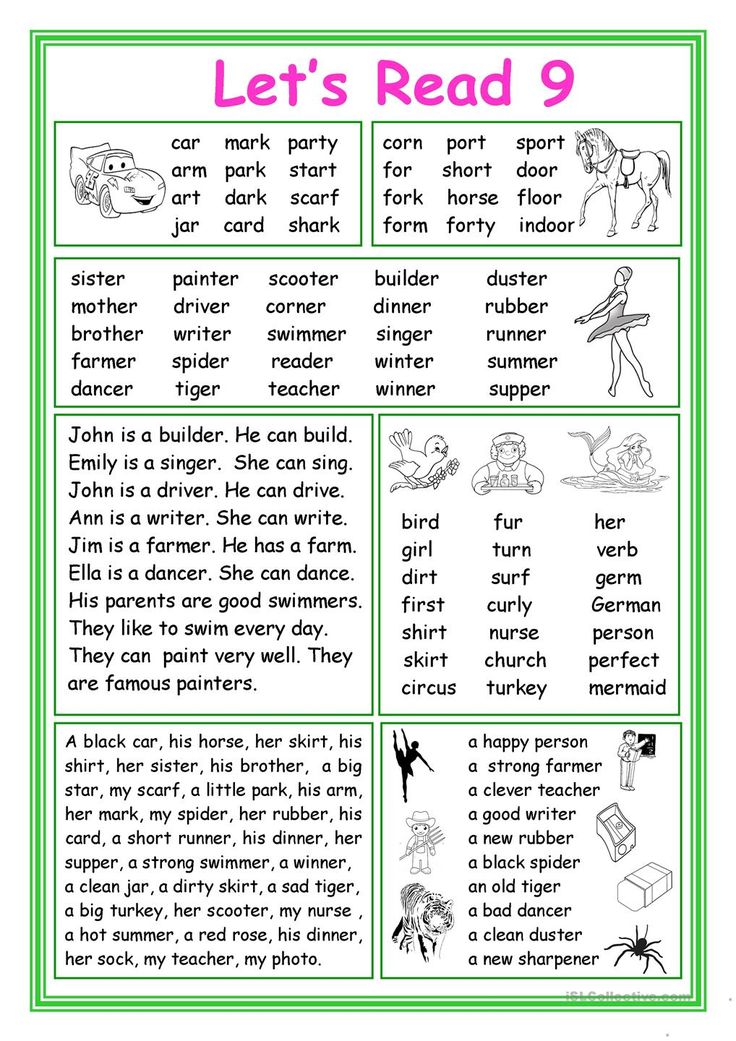
Literacy and reading expert, Dr. Marion Blank
Dr. Marion Blank is answering your questions about reading and learning. If you have a question for Dr. Marion, visit the Reading Kingdom Facebook Page and let us know how we can help.
If you think the Reading Kingdom program can help your children learn to read, enjoy a free, 30-day trial here.
The Basic Spelling Vocabulary List
By: Steve Graham, Karen R. Harris, Connie Loynachan
This list was created to help teachers know which spelling words should be taught to kids in grades 1–5. The list contains 850 words that account for 80 percent of the words children use in their writing — the ones they need to be able to spell correctly.
This list was devised to help educators know which spelling words should be taught to children. The list contains 850 words that account for 80 percent of the words children use in their writing — the ones they need to be able to spell correctly.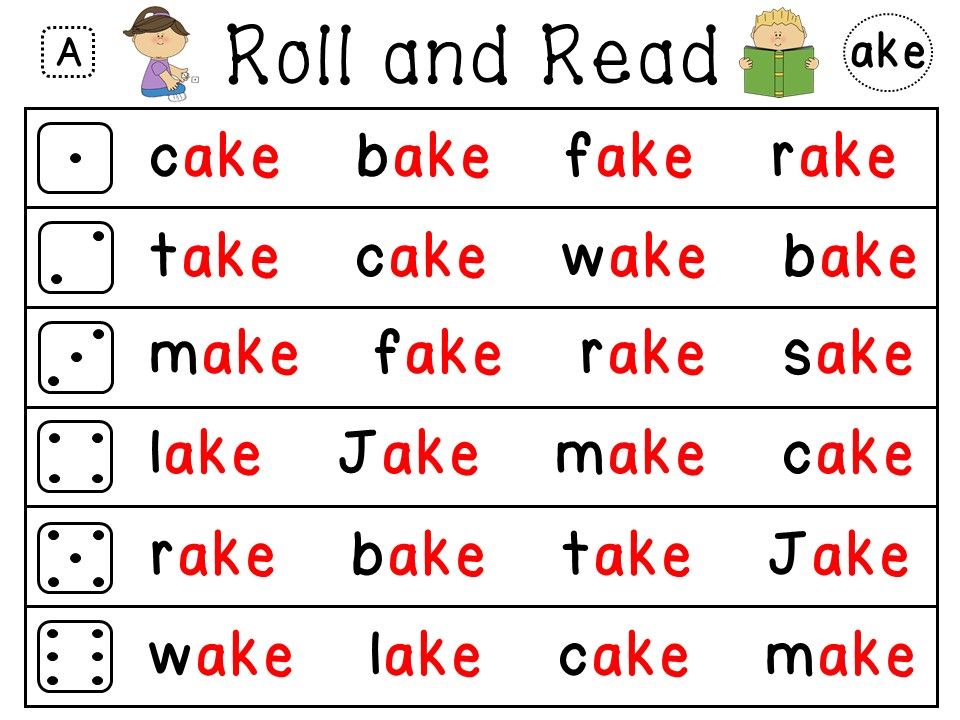
Mastering this relatively small corpus of words yields a high rate of return. For example, the most common 1,000 words are used 13 times more frequently than the next most common 1,000 words. It also provides teachers flexibility in planning spelling instruction, providing an opportunity to give children the "basics" while supplementing with other spelling words germane to classroom activities.
Grade level for each word was determined based upon difficulty, pattern of occurrence in children's writing across grades, and grade placement on current vocabulary lists and spelling materials.
Words that children have difficulty spelling correctly are marked with an asterisk.
Grade 1 | |||
|---|---|---|---|
| a | fat | like* | sat
|
Back to Top
Grade 2 | |||
|---|---|---|---|
| about* | father* | lives | set |
Back to Top
Grade 3 | |||
|---|---|---|---|
| able | even | mind | spelling |
Back to Top
Grade 4 | |||
|---|---|---|---|
| across | during | mountain | sure* |
Back to Top
Grade 5 | |||
|---|---|---|---|
| although | different* | planet | suddenly
|
Back to Top
Graham, S.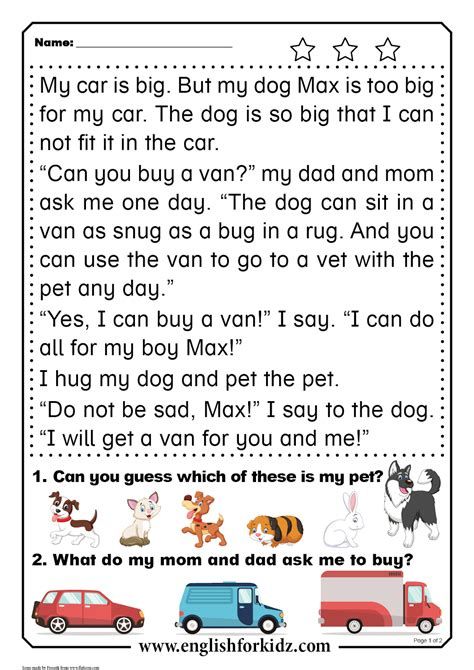 , Harris, K.R. and Loynachan, C. (1993). The Basic Spelling Vocabulary List. Journal of Educational Research 86(6) 363-368.
, Harris, K.R. and Loynachan, C. (1993). The Basic Spelling Vocabulary List. Journal of Educational Research 86(6) 363-368.
Reprints
You are welcome to print copies for non-commercial use, or a limited number for educational purposes, as long as credit is given to Reading Rockets and the author(s). For commercial use, please contact the author or publisher listed.
Related Topics
Early Literacy Development
Spelling and Word Study
Vocabulary
Writing
New and Popular
Cracking the Code: How and Why Big Horn Elementary School Went All-In with Structured Literacy
Print-to-Speech and Speech-to-Print: Mapping Early Literacy
100 Children’s Authors and Illustrators Everyone Should Know
A New Model for Teaching High-Frequency Words
7 Great Ways to Encourage Your Child's Writing
Screening, Diagnosing, and Progress Monitoring for Fluency: The Details
Phonemic Activities for the Preschool or Elementary Classroom
Our Literacy Blogs
What’s the Role of Amount of Reading Instruction?
Kids and educational media
Meet Ali Kamanda and Jorge Redmond, authors of Black Boy, Black Boy: Celebrating the Power of You
Get Widget |
Subscribe
20 reading texts for children aged 5-6-7-8
A child who has learned to put sounds into syllables, syllables into words, and words into sentences needs to improve his reading skills through systematic training. But reading is a rather laborious and monotonous activity, and many children lose interest in it. Therefore, we offer texts of small size , the words in them are divided into syllables.
But reading is a rather laborious and monotonous activity, and many children lose interest in it. Therefore, we offer texts of small size , the words in them are divided into syllables.
First read the work to the child yourself, and if it is long, you can read its beginning. This will interest the child. Then invite him to read the text. After each work, questions are given that help the child to understand what they have read and comprehend the basic information that they have learned from the text. After discussing the text, suggest reading it again.
Mo-lo-dets Vo-va
Ma-ma and Vo-va gu-la-li.
In-va ran-sting and fell.
It hurts no-ha, but Vo-va does not cry.
Wow!
B. Korsunskaya
Answer questions .
1. What happened to Vova?
2. What made him sick?
3. Why is Vova doing well?
Clever Bo-beak
Co-nya and co-ba-ka Bo-beak gu-la-li.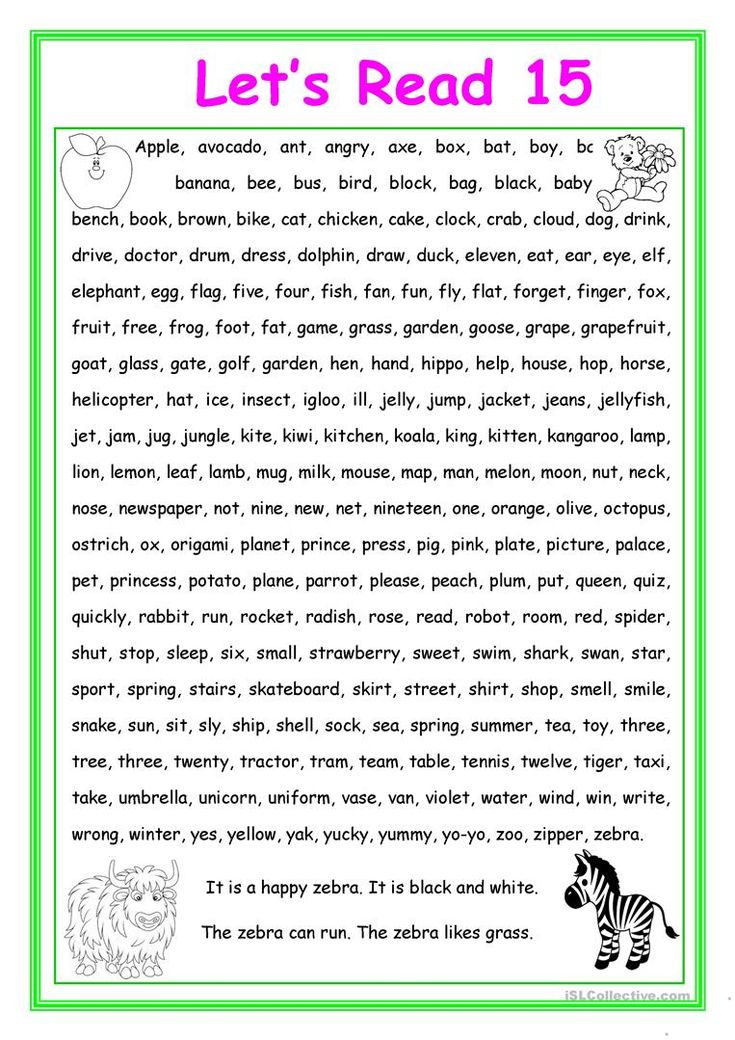
So-nya played-ra-la with a doll.
That's why So-nya in-be-zha-la to-my, and the doll for-would-la.
Bo-beek found a doll-lu and brought it to So-ne.
B. Korsunskaya
Answer the questions.
1. Who did Sonya walk with?
2. Where did Sonya leave the doll?
3. Who brought the doll home?
The bird made a nest on a bush. De-ti our nest-up and took off on the ground.
- Look, Vasya, three birds!
In the morning, deti came, and the nest was empty. It would be a pity.
L. Tolstoy
Answer questions.
1. What did the children do with the nest?
2. Why was the nest empty in the morning?
3. Did the children do well? How would you do?
4. Do you think this work is a fairy tale, a story or a poem?
Pete and Mi-sha had a horse. They began to argue: whose horse. Did they tear each other apart.
- Give me - my horse.
- No, you give me - the horse is not yours, but mine.
Mother came, took a horse, and became nobody's horse.
L. Tolstoy
Answer the questions.
1. Why did Petya and Misha quarrel?
2. What did mother do?
3. Did the children play horse well? Why do you think so
?
9000
9000 9000 9000 9000 9000 9000 9000 9000 9000 9000 9000 9000 9000 9000 9000 9000 9000 9000 9000 9000 9000 9000 9000 9000 9000 9000 9000 9000 9000 9000 9000 9000 9000 9000 9000 9000 9000 9000 9000 9000 9000 9000 9000 9000 9000 9000 9000 9000 9000 9000 9000 9000 9000 9000 9000 9000 9000 9000 9000 9000 9000 9000 9000 9000 9000 9000 9000 9000 9000 9000 9000 9000 9000 9000 9000 9000 9000 9000 9000 9000 9000 9000 9000 9000 9000 9000 9000 9000
002
9000 9000 9000 FILVORDS for the development of reading, attention here.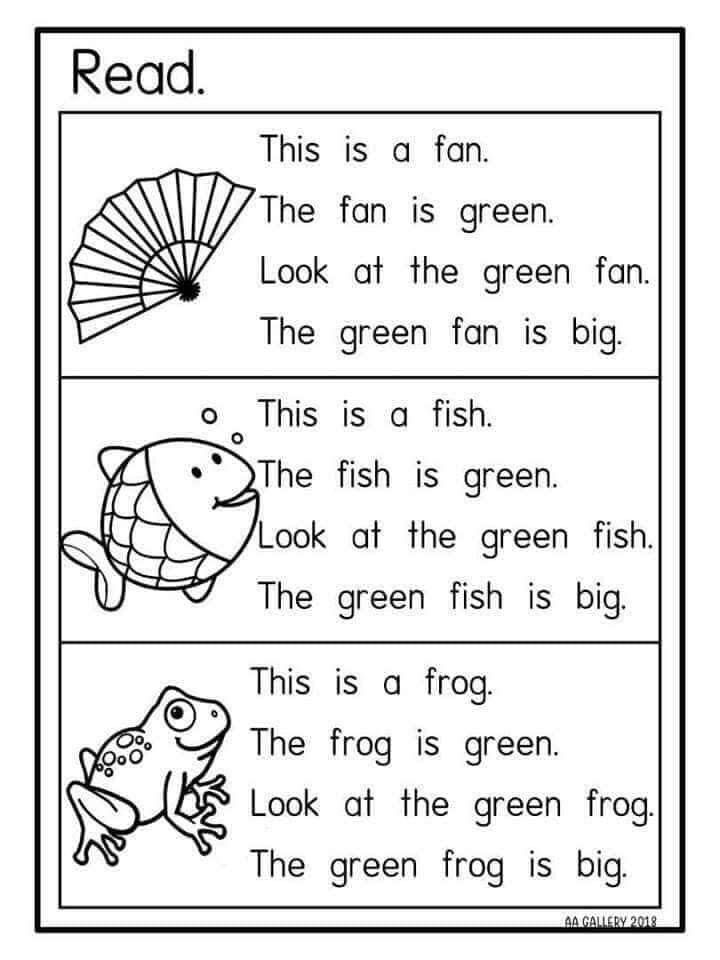
It will be interesting for children to read selected texts, they affect the emotional world of the child, develop his moral feelings and imagination . Children will get acquainted with the works of L. Tolstoy, K. Ushinsky, A. Barto, S. Mikhalkov, E. Blaginina, V. Bianchi, E. Charushin, A. Usachyov, E. Uspensky, G. Snegiryov, G. Oster, R. Rozhdestvensky, as well as fairy tales of different nations.
It is advisable to show children the genre features of poems, stories and fairy tales using the example of these works.
Fairy tale is a genre of oral fiction containing events unusual in the everyday sense (fantastic, wonderful or worldly) and distinguished by a special compositional and stylistic construction. In fairy tales there are fairy-tale characters, talking animals, unprecedented miracles happen.
Poem is a short poetic work in verse. The verses are read smoothly and musically, they have rhythm, meter and rhyme.
Story — small literary form; a narrative work of small volume with a small number of characters and the short duration of the events depicted. The story describes a case from life, some bright event that really happened or could happen.
In order not to discourage reading, do not force him to read texts that are uninteresting and inaccessible to his understanding. It happens that a child takes a book he knows and reads it “by heart”. Mandatory every day read to your child poems, fairy tales, stories.
Daily reading enhances emotionality, develops culture, horizons and intellect, helps to cognize human experience.
Literature:
Koldina D.N. I read on my own. - M .: TC Sphere, 2011. - 32 p. (Candy).
English from scratch. Learning to read
What is the first thing a child is taught when he comes to school? Of course, the alphabet, and then reading and writing. Any teaching of a foreign language begins with the same.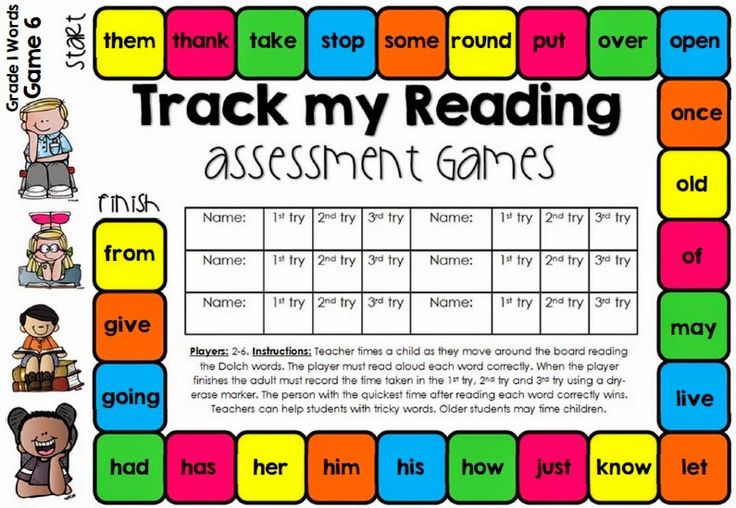 Is it possible to speak English without mastering the literacy? Yes, if you completely immerse yourself in the language environment. But even under such ideal conditions as living in an English-speaking country, you will still feel like a child in the company of adults. Without a decent knowledge of English, it is not easy not only to live in an English-speaking country, but also to travel the world. Even the airport is much easier to navigate for those who know how to read English.
Is it possible to speak English without mastering the literacy? Yes, if you completely immerse yourself in the language environment. But even under such ideal conditions as living in an English-speaking country, you will still feel like a child in the company of adults. Without a decent knowledge of English, it is not easy not only to live in an English-speaking country, but also to travel the world. Even the airport is much easier to navigate for those who know how to read English.
So, it is clear that in order to master the language, you will definitely need to learn how to read. Any foreign course is built in such a way that in the first lessons you learn the alphabet and pronunciation. At the initial stages, of course, you will need to make an effort to remember how certain letters and letter combinations are read. But having mastered English literacy in the first lessons, you can easily voice any text, even filled with unfamiliar words.
How to learn to read English correctly.
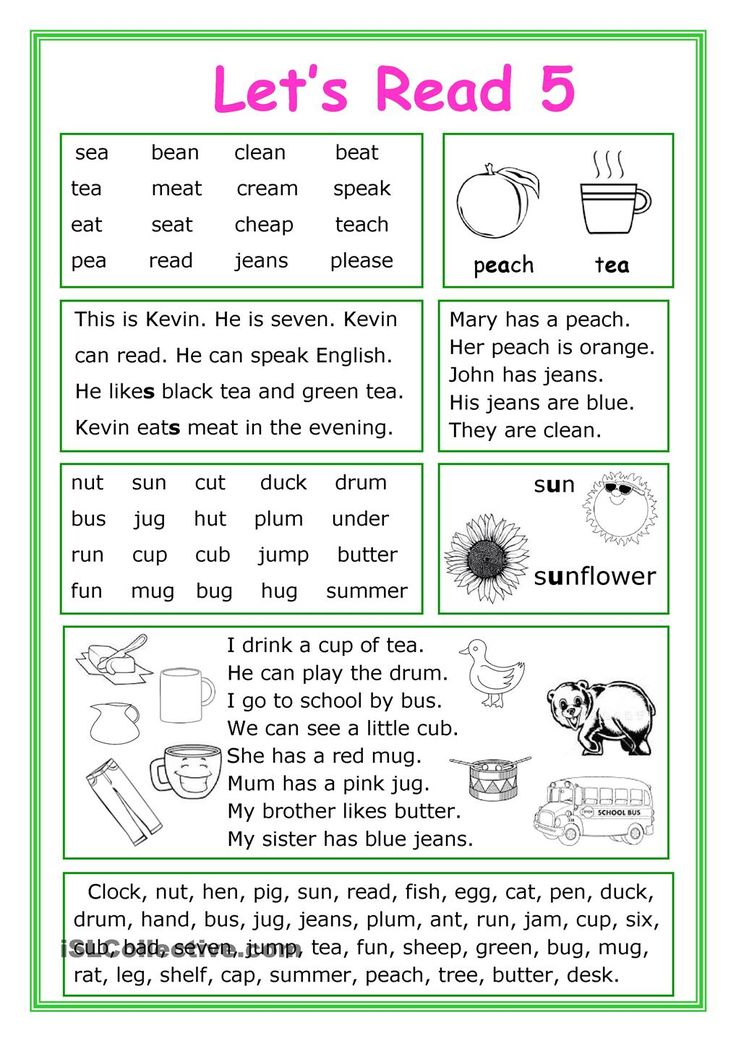 Some Tips
Some Tips There are many ways to learn to read English. Someone resorts to the help of transcription. Others write down the pronunciation of English words using Russian letters. There are people who like to read aloud a lot. And someone focuses on audio files. In fact, all methods are good in their own way. When learning to read, it is not enough to learn letters, diphthongs and remember all the rules. In this matter, constant practice is important. Here are some tips to help you develop your English reading skills:
- Learn to listen to English. Oddly enough, but the ability to hear what the British and Americans say directly affects our ability to read. At the initial stage, adapted books are very useful, provided with discs with audio recordings of the texts themselves. Having before your eyes the text that the announcer reads, you learn to read correctly on a subconscious level.
- Try to read every day. Make it a rule to read English books for at least 20-30 minutes every day.
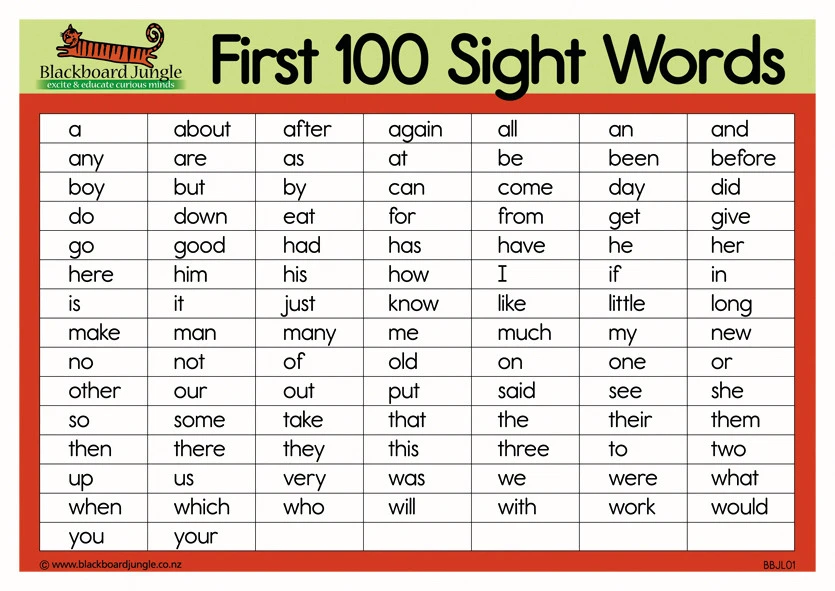 Choose books according to your level of language proficiency. At the initial stage, you can read fairy tales and short stories. And in order to develop spoken language skills, it is also useful to occasionally look at English-language periodicals and blogs.
Choose books according to your level of language proficiency. At the initial stage, you can read fairy tales and short stories. And in order to develop spoken language skills, it is also useful to occasionally look at English-language periodicals and blogs. - Get used to writing in English. As you know, reading and writing are directly related. One follows from the other. If a person reads English at a decent level, then he will most likely state his thoughts on paper very competently. Getting to know native speakers is one of the most affordable and effective ways to improve your reading and writing skills. Communication in modern society is often based on correspondence in chats and social networks. Therefore, having met a native speaker, you yourself will not notice how correspondence in English will become part of everyday life. Introverts can be advised to keep a diary, which will be filled with entries in English.
- Learn English tongue twisters and poems. For example: Whether the weather be fine, or whether the weather be not.
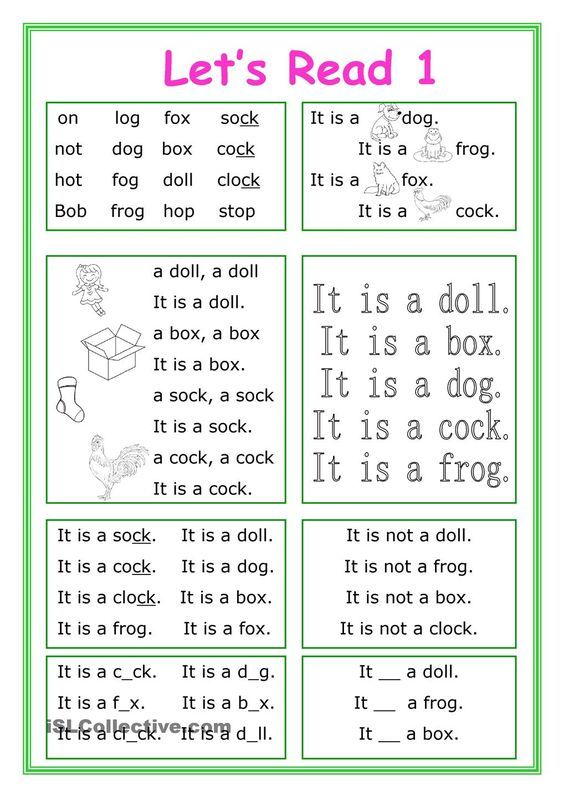 Whether the weather be cold, or whether the weather be hot. We'll weather the weather whether we like it or not Tongue twisters help to work out the pronunciation of complex sounds. Poems enrich vocabulary.
Whether the weather be cold, or whether the weather be hot. We'll weather the weather whether we like it or not Tongue twisters help to work out the pronunciation of complex sounds. Poems enrich vocabulary. - Practice pronunciation. Spend time practicing those sounds that are unusual for Russian speakers. For example, the combination th is not given to every student the first time. And, of course, the easiest way to learn the correct pronunciation is to listen to the dialogues and monologues of native speakers. Modern TV series with English subtitles help to deliver the correct speech.
Reading in English . Alphabet
Suppose you want to learn to read English from scratch. In this case, you will have to start from the very beginning, that is, from the alphabet, consisting of 26 letters.
English alphabet (alphabet)
English has 20 consonants and 6 vowels. Vowels include letters: A, E, I, O, U, Y.
In order to learn the alphabet faster, you can turn to children's songs.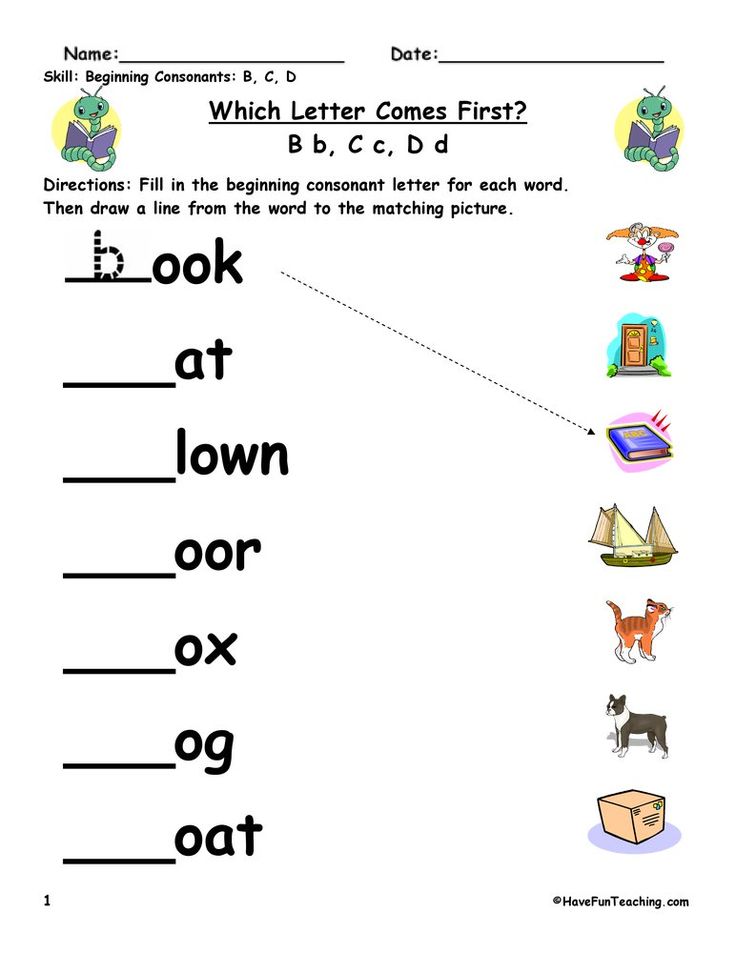 Bright cards with letters also help a lot.
Bright cards with letters also help a lot.
There are a few letters in the English language that "behave" differently from the rest. So, almost all consonants in English make one sound. But X is an exception. This letter conveys two sounds at once [ks]. It is also worth paying attention to the last character in the English alphabet. The pronunciation of Z depends on whether we are dealing with the British or American version of the language. In the first case, the letter is read as [zed], in the second - as [zi:].
The pronunciation of the letter R is also very different between the Americans and the British. In the UK, this is a long sound a [a:]. In the American alphabet - ar [a: r].
Transcription
Reading English will be much easier if you learn the transcription, which is a system of signs used to record sounds. Since this or that letter may sound differently depending on what signs surround it, it can be difficult for a foreigner to read some words correctly without transcription.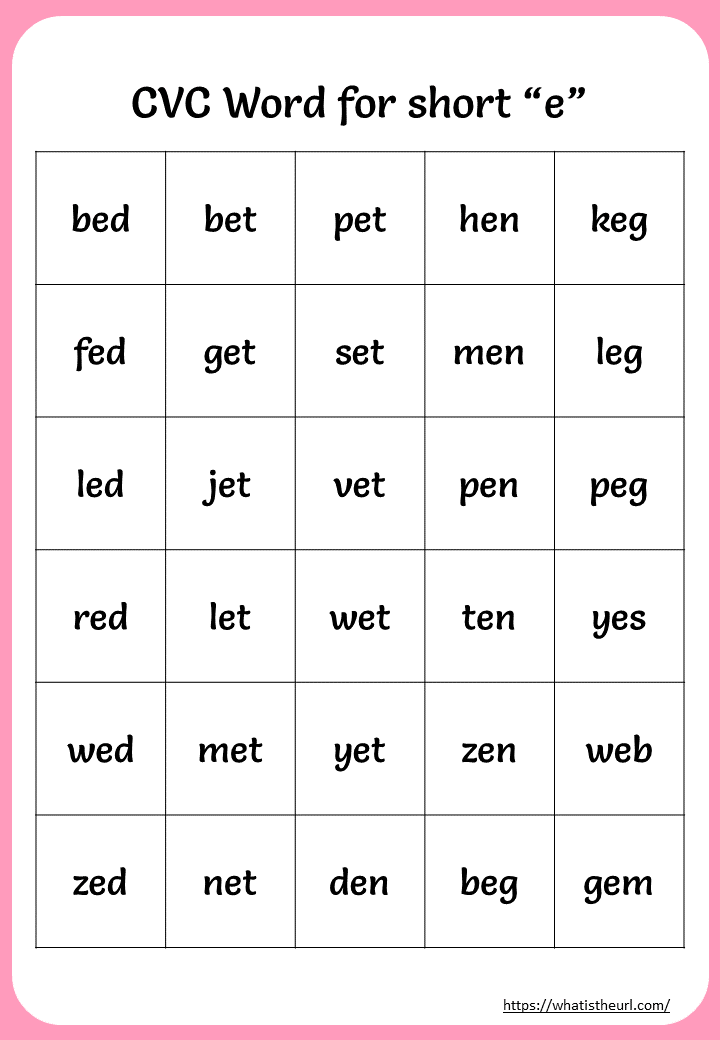 However, recently many students refuse to memorize the symbols of English phonetics. Indeed, thanks to the Internet, today you can easily listen to how the right word is read.
However, recently many students refuse to memorize the symbols of English phonetics. Indeed, thanks to the Internet, today you can easily listen to how the right word is read.
How to read consonants
It's easy enough to remember how to read consonants in English. The fact is that you can easily find analogues in Russian for many consonant sounds. For example, the English Mm is, in fact, the familiar M [um]. And in the word lemon, the pronunciation of the consonant L is similar to the Russian L. Also, analogues in our language can be found with the consonants N, B, F, Z.
The pronunciation of the letter C depends on which characters it is adjacent to. If C is followed by the vowels I, E, Y, then it will be read as [s]. For example, in the word cinema (cinema). Before other vowels, C reads like [k]: come (come), camel (camel), cake (cake).
The consonants T and D in English are very similar to Russian T and D, only they are most often pronounced with a breath.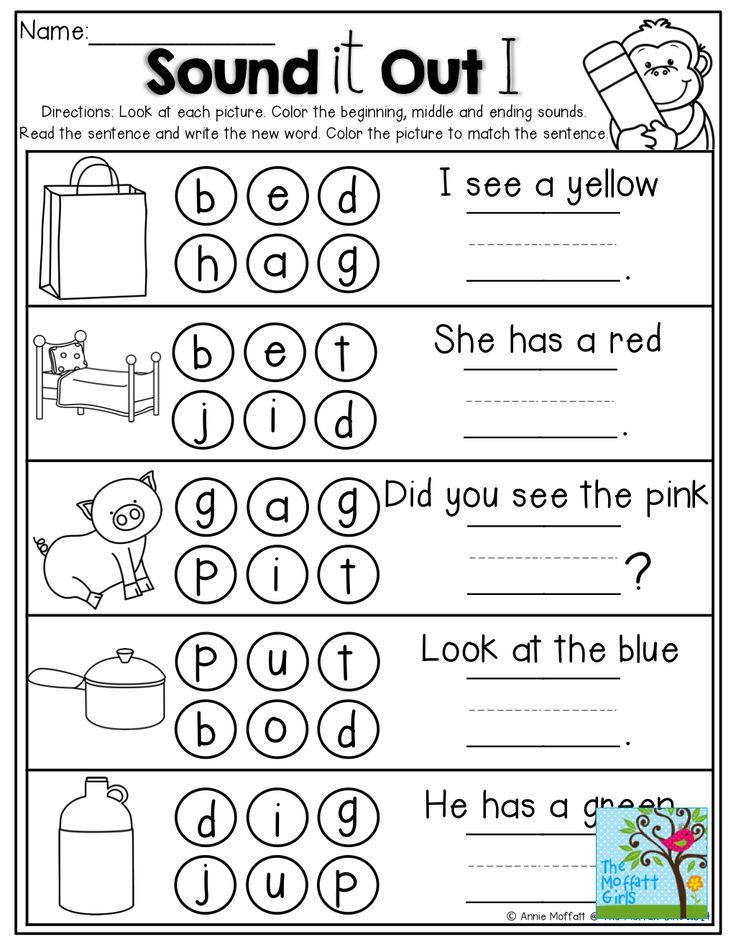 But the letter Q will always be accompanied by a vowel U. The letter combination Qu is pronounced as [kw]. For example, in the word queen (queen). The consonant G before the vowels I, E, Y will be read as [j] - [dʒ]. For example, orange (orange), badge (icon). Before all other letters, G is pronounced like [g]: game (game), gale (storm).
But the letter Q will always be accompanied by a vowel U. The letter combination Qu is pronounced as [kw]. For example, in the word queen (queen). The consonant G before the vowels I, E, Y will be read as [j] - [dʒ]. For example, orange (orange), badge (icon). Before all other letters, G is pronounced like [g]: game (game), gale (storm).
Another letter unusual for the Russian language is Jj, which is always pronounced as [dʒ]. This consonant is very common in the names of representatives of English-speaking countries: Jack (Jack), James (James), Jane (Jane).
Below we provide a list of all English consonants with transcription:
Bb - [b]
Cc - [s] or [k]
Dd - [d]
Ff - [f]
Gg - [dʒ] or [g]
Hh - [h]
Jj - [dʒ]
Kk - [k]
Ll - [l]
mm - [m]
Nn-[n]
Pp - [p]
Qq - [kw]
Rr - [r]
Ss - [s] or [z]
Tt - [t]
Vv - [v]
Ww - [w]
Xx - [ks] or [gz]
Zz - [z]
Vowels
Reading in English for beginners is usually complicated not by consonants, which are often read the same way as they sound in the alphabet, but by vowels. There are only 6 vowels in English, but the problem is that each of them, depending on the position in the word, can have several reading options. Much is determined by whether the letter is in stressed or unstressed position. For stressed vowels, there are 4 types of syllable in English:
There are only 6 vowels in English, but the problem is that each of them, depending on the position in the word, can have several reading options. Much is determined by whether the letter is in stressed or unstressed position. For stressed vowels, there are 4 types of syllable in English:
- An open syllable is a syllable ending in a vowel or a consonant (except R) followed by a silent E. A stressed vowel in an open syllable is pronounced as it is pronounced in the alphabet. For example, plane (plane), placement (room), he (he).
- A closed syllable is a syllable that ends in one consonant (excluding r) or several consonants. The stressed vowel in such a syllable is transmitted in a short and clear sound. The vowel A is pronounced as the middle between e and a [æ]. For example, cat (cat). The letter O in stressed position in a closed syllable sounds like [ɒ] in the word dog (dog), E - like [e] (for example, ten - ten). Vowels Y and I in a closed syllable are pronounced as [i] (little - small, myth - myth).
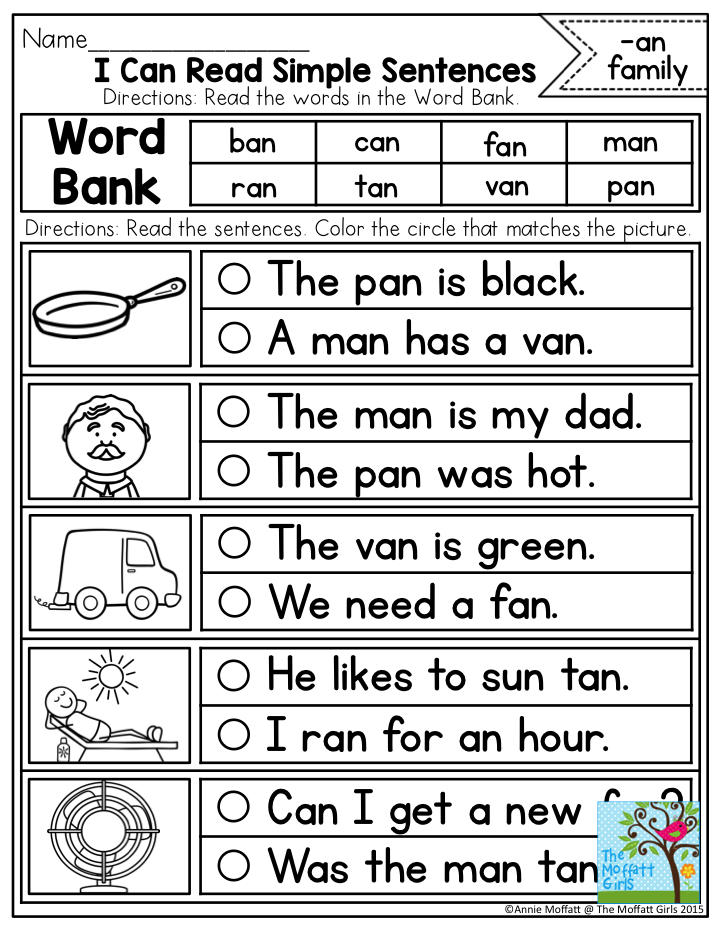 Finally, the stressed letter U will resemble a somewhat slurred short sound and [ʌ] (cut - cut).
Finally, the stressed letter U will resemble a somewhat slurred short sound and [ʌ] (cut - cut). - If a stressed vowel is followed by the consonant R alone or in combination with other consonants, then the vowels will be read as follows:
- a [ɑː] - long Russian sound a - park (park)
- o [ɔː] - lingering long Russian sound o - sport (sport)
- e [ɜː] - resembles the Russian sound ё in the word "honey" - fern (fern)
- y [ɜː] - byrd (bird)
- i [ɜː] - first (first)
- u [ɜː] - burn (burn)
- If a stressed vowel is followed by a consonant R in combination with any vowel, then the syllables are divided into diphthongs or triphthongs (complex sounds consisting of two or three letters pronounced as one). In this combination, the vowel A sounds like [ɛə]. For example, in the word fare (fare, fare). The vowel O in the fourth type of syllable will be pronounced as a long Russian sound O [ɔː].
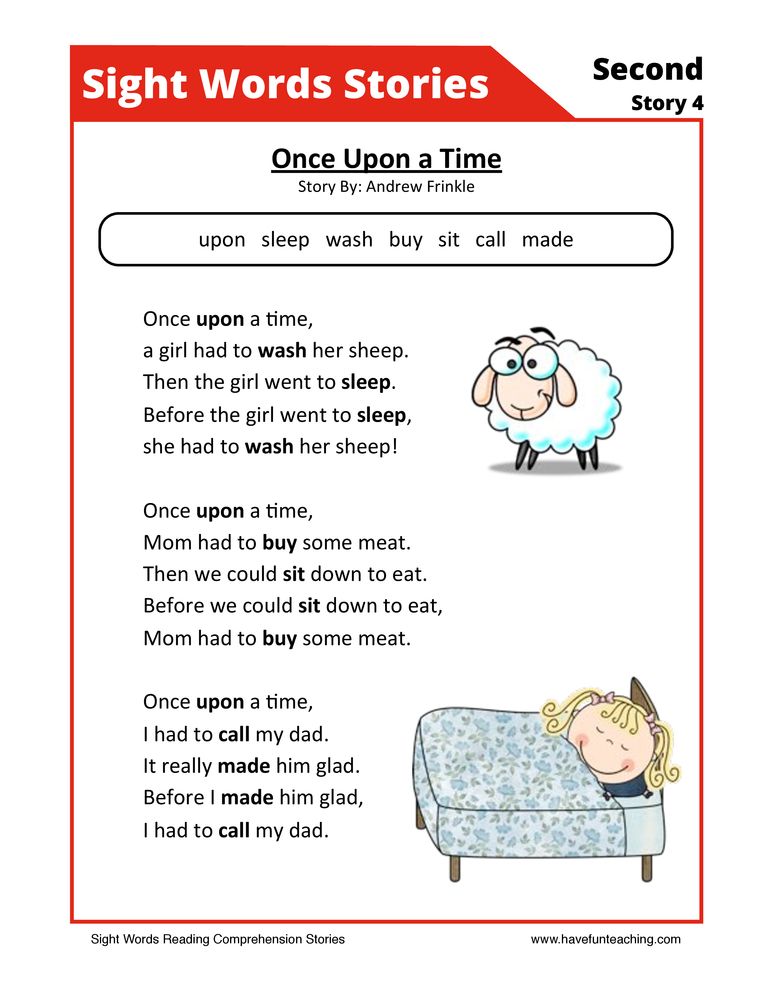 An example here is the word more (more). The vowel E under stress is pronounced as something of a fusion between Russian I and A [ɪə], for example mere (only). Y and I with the fourth type of syllable are read as [aɪə]. For example, in the words fire (fire) and tire (tire). The letter U turns into the sound [jʊə] (during - during).
An example here is the word more (more). The vowel E under stress is pronounced as something of a fusion between Russian I and A [ɪə], for example mere (only). Y and I with the fourth type of syllable are read as [aɪə]. For example, in the words fire (fire) and tire (tire). The letter U turns into the sound [jʊə] (during - during).
Learning to read consonant diphthongs
At the initial stages of learning a foreign language, students will also need to find the answer to the question of how to read diphthongs in English. This term refers to combinations of two letters that give one sound.
Table of English diphthongs. Consonants
How to read different combinations of vowels?
If you have seriously wondered how to learn to read in English, you will also have to study diphthongs with vowels. Here are some of them:
- ai, ay, ei, ey - [ei] - aim (goal, task)
- ai - [eə] - air (air).
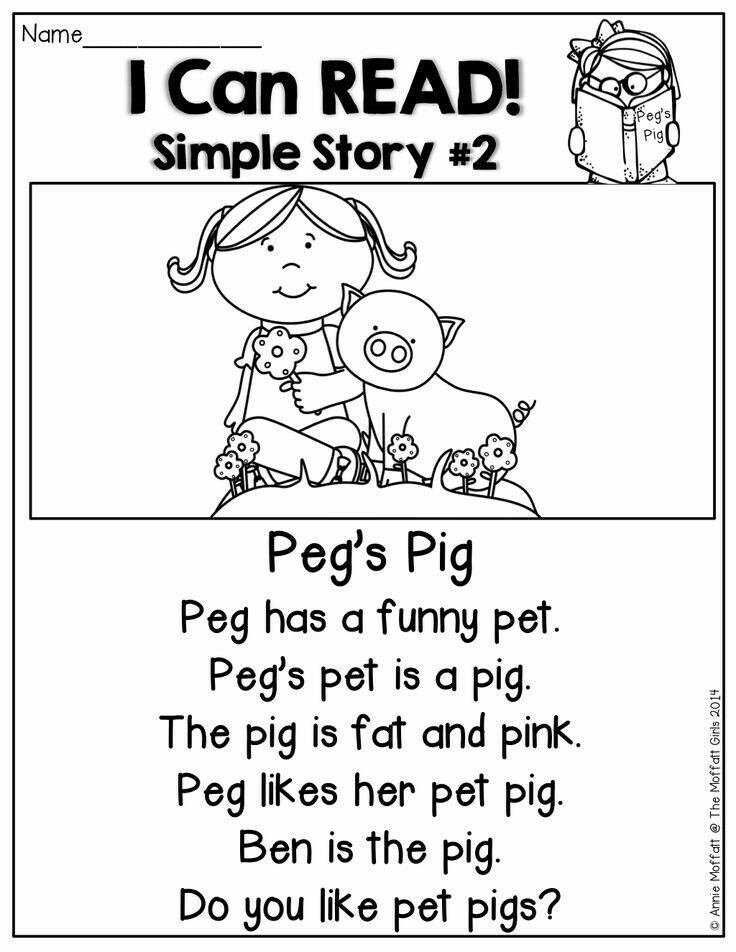 Before consonant R
Before consonant R - ae - [ɪ:] - aegis (protection, aegis)
- au - [o] - autumn (autumn)
- ea, ee - [ɪ:] - meal (food). Only if the vowel is not followed by the letter R
- ea, ee - [ɪə] - dear (dear). In position before R
- ie - [ɪ:] - field (field).
- oa - [ou] or [o:] - boat (boat)
- oi, oy - [oi] - enjoy (enjoy)
- oo [u:] or [u] or [uə] - moon (moon), book (book), poor (poor)
- ou - [au] - ground (earth). In the middle of a word
Silent consonants
Those who have been reading English for quite a long time rarely remember all the rules for pronouncing diphthongs. And even more so in the process of reading, not everyone pays attention to the fact that some consonants are dumb. But at the initial stage of learning, it is important to remember that the following letters are not read in English:
- G and K before N at the beginning and end of a word. Foreign (foreign)
- B and N after M.

Learn more

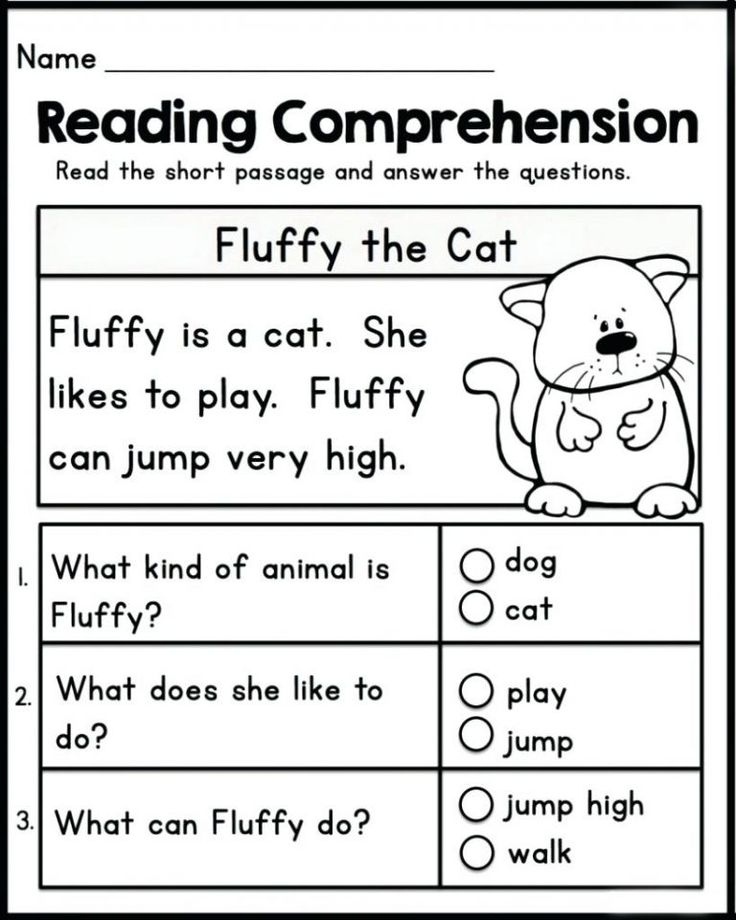 *
*